A National Treasure Passed Down from Ayutthaya to Rattanakosin
“World Trade Center” Has anyone seen the real “Guardian Deity of Wang Phetchabun”?! Is it authentic or not? Who knows! Although several experts confirm that the “Phra Trimurti” at CentralWorld in the Ratchaprasong area is actually “Phra Sadasiva,” Ticy City still sees the worship signs and people honoring this deity by the name of Phra Trimurti. Many continue to believe that this deity is the protector of love.
Devotees often pay their respects every Thursday at 9:30 PM, offering red roses. It’s said that this is the auspicious time when the god descends to grant blessings to those lacking love.
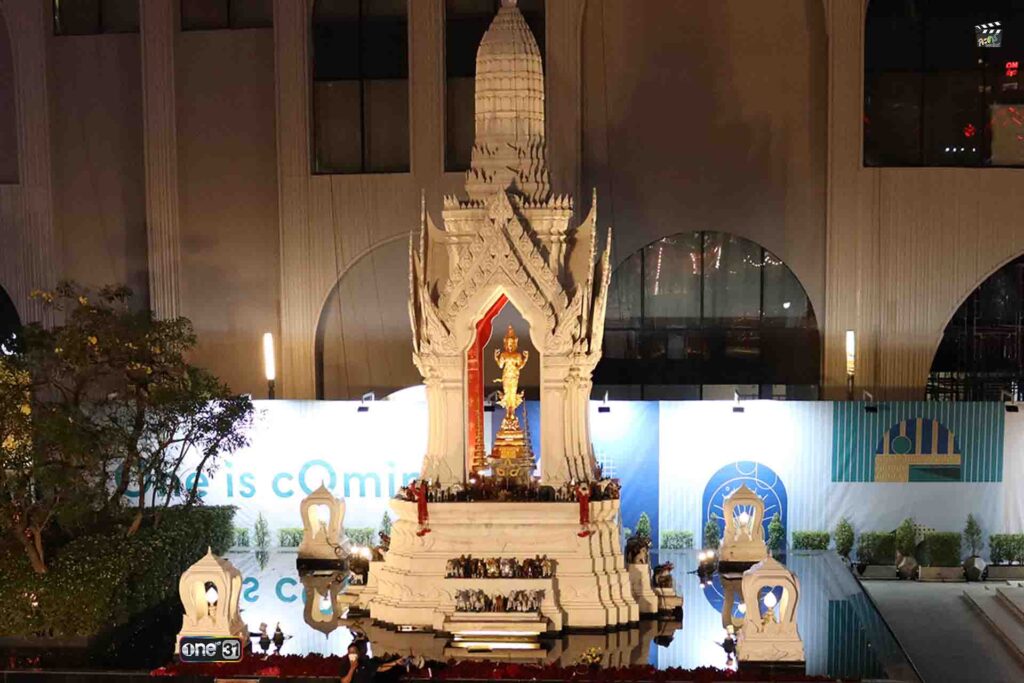
Today, Nai Mu, Ticy City’s spiritual guru, will share stories, knowledge, and legends about the statue known as “Phra Trimurti” – the Guardian Deity of Wang Phetchabun, a national treasure passed down from the Ayutthaya period to the Rattanakosin era.
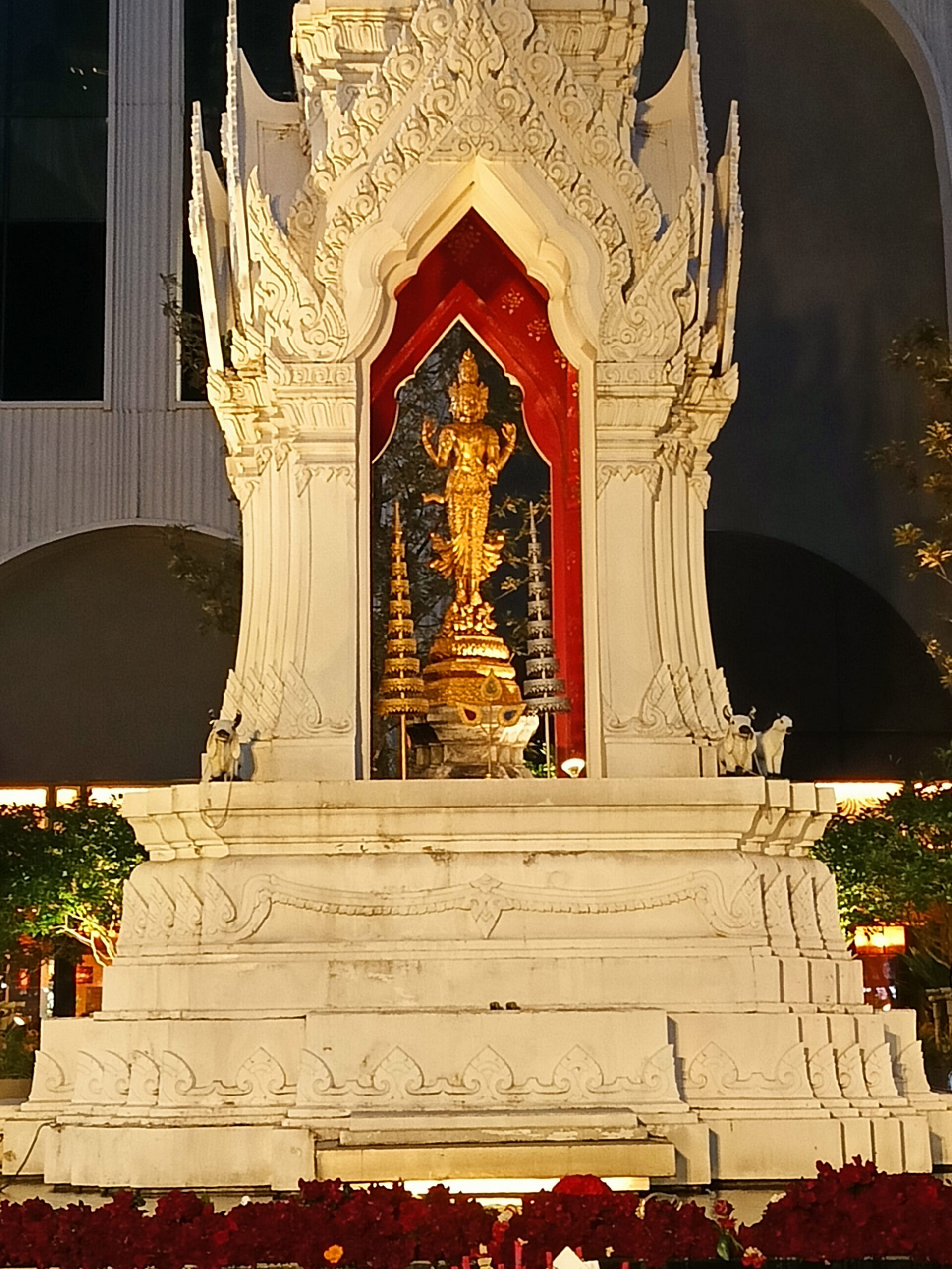

Back when this shopping center was still called “World Trade Center,” the first location of this god faced the Erawan Shrine directly across the street. Originally, this area was the site of Pathumwan Palace, later renamed “Wang Phetchabun,” which was the residence of Prince Chudadhuj Dharadilok, a son of King Rama V and Queen Sri Bajrindra. In 1982, Uthen Techapaiboon leased the land to build a large shopping complex, which would later be called the “World Trade Center.” However, the construction faced many delays and challenges…
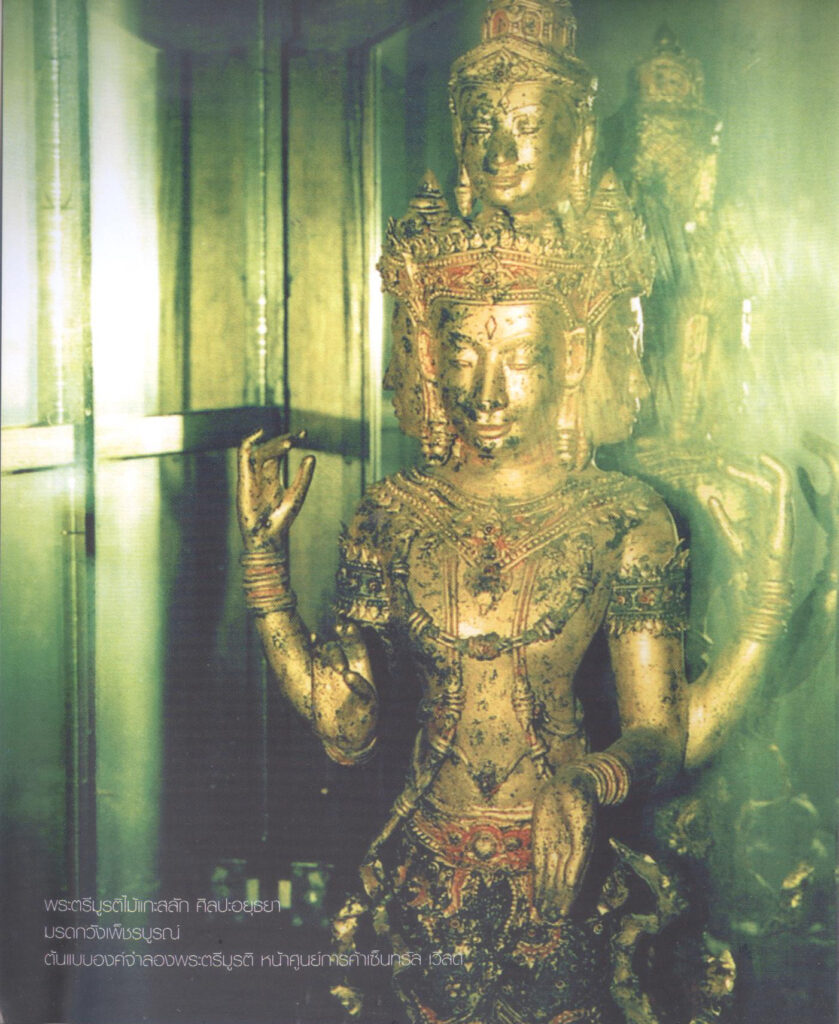
“Is Phra Trimurti the wooden Ayutthaya-era deity from Wang Phetchabun?”
The story of the Guardian Deity of Wang Phetchabun comes from the late Ajarn Suchart Rattanasuk, who, during the day, was a real estate developer for golf courses but became a spiritual leader at night. His students often visited his home in Bang Phlat, where he conducted spiritual work late into the night, connecting with deities. Ajarn Suchart once told a newspaper that he had discovered a wooden statue of a deity in an antique shop. He brought along a friend knowledgeable in art and antiques, who confirmed it was indeed an ancient piece. Ajarn Suchart purchased the statue to enshrine in his home. One night, the deity appeared to him in a vision, revealing that this statue was a national treasure, passed down from the Ayutthaya period to the Rattanakosin era, and had once been the Guardian Deity of Wang Phetchabun.
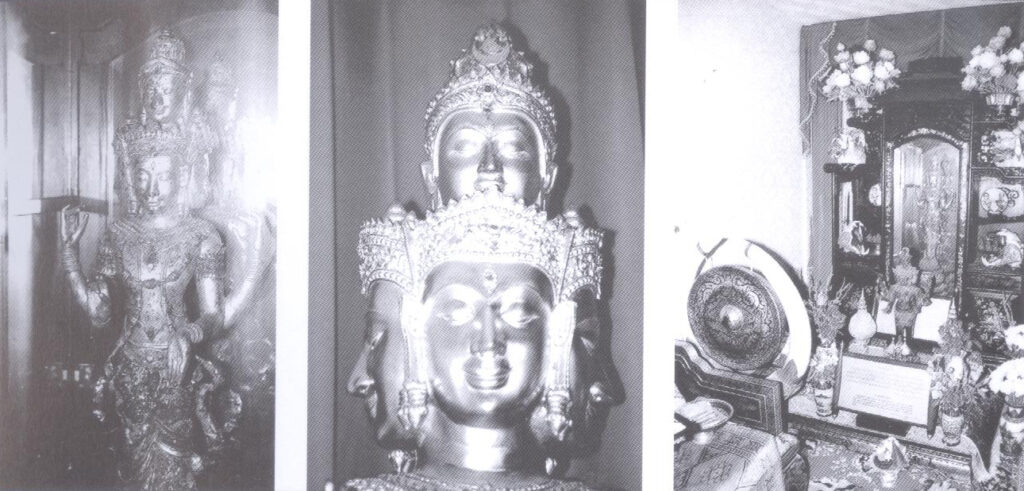
Ajarn Suchart explained that the deity was commissioned by King Chai Raja, the uncle of King Naresuan, after a victory in Cambodia. The statue, featuring Khmer-style art, depicted Phra Trimurti in a blessing posture, symbolizing a complete triumph, with demons and monkeys beneath its feet representing total victory.

This treasure had passed through generations until it reached the Rattanakosin era, where Queen Sri Bajrindra bestowed it upon Wang Phetchabun as its guardian deity. Over time, descendants unaware of its history began worshiping it at home until it eventually ended up being auctioned off at an antique shop. Whether by coincidence or divine intervention, a devout acquaintance of Virut Techapaiboon (son of Uthen Techapaiboon) heard that the construction of the World Trade Center was facing major issues.
This acquaintance informed Virut, and after meeting with Ajarn Suchart, Virut promised to erect a statue of Phra Trimurti for the public to worship in front of the World Trade Center. Thus, the story of “Phra Trimurti,” as told by Ajarn Suchart Rattanasuk, unfolded. There is also a tale that Wang Phetchabun was once targeted for bombing during World War II, but the bombs failed to detonate, and the palace escaped occupation by Japanese forces.
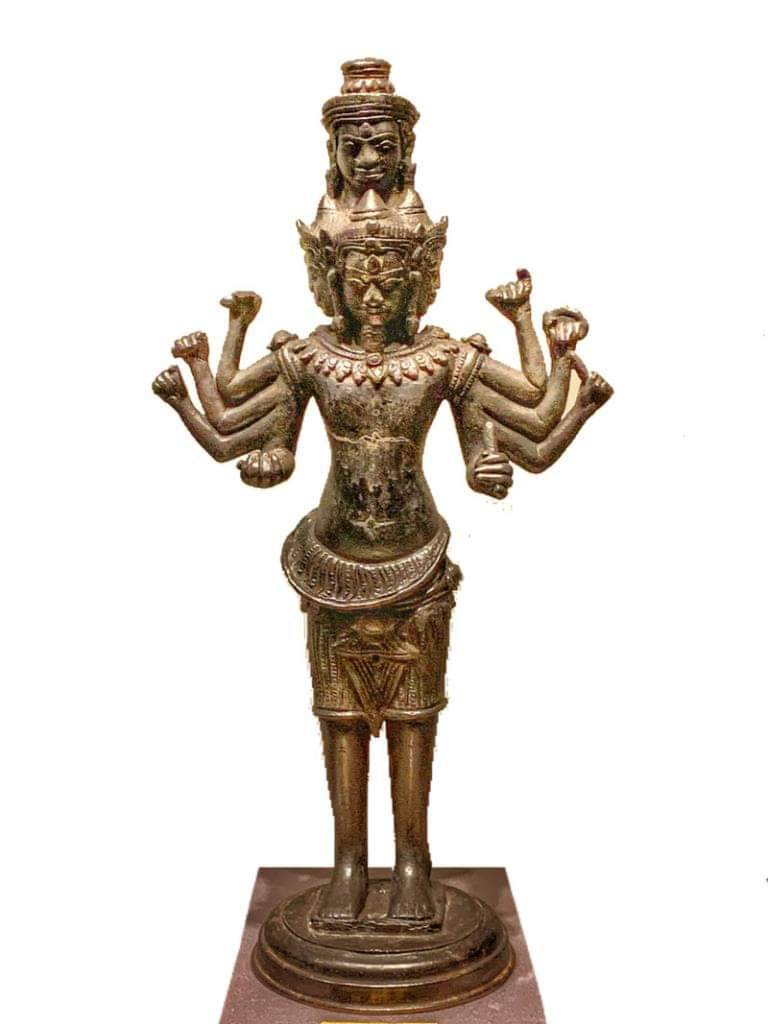
Although this story is from the past, no one from Wang Phetchabun has come forward to verify the authenticity of Phra Trimurti as the wooden deity of the palace’s guardian. Ajarn Suchart’s identification of the statue as “Phra Trimurti” is based on its design: the upper head representing Shiva, the lower heads representing Brahma, and the four arms representing Vishnu. The eight demons and monkeys beneath the statue represent guardians of the eight directions, a figure referred to in ancient times as “Phi Luang Lao Lek.” Phra Trimurti in this form is unarmed, symbolizing peace and mercy, bringing tranquility to those who worship it.
At one point, Ajarn Suchart mentioned that the Royal Palace had contacted him to reclaim the statue. He said he had no issue returning it as long as there was written documentation, as his duty was to preserve this national treasure and prevent it from leaving the country. Later, CentralWorld relocated Phra Trimurti to a new shrine in front of the mall, near the Ganesha Shrine (its current location, opposite Big C). The new shrine was designed by National Artist Awaut Ngeonchuklin and Fine Arts Department Director General, who also designed the Bangkok City Pillar Shrine and Wat Sothon’s ordination hall. Construction was carried out by Paitoon Kannamon, a master sculptor who had previously worked on the old shrine.
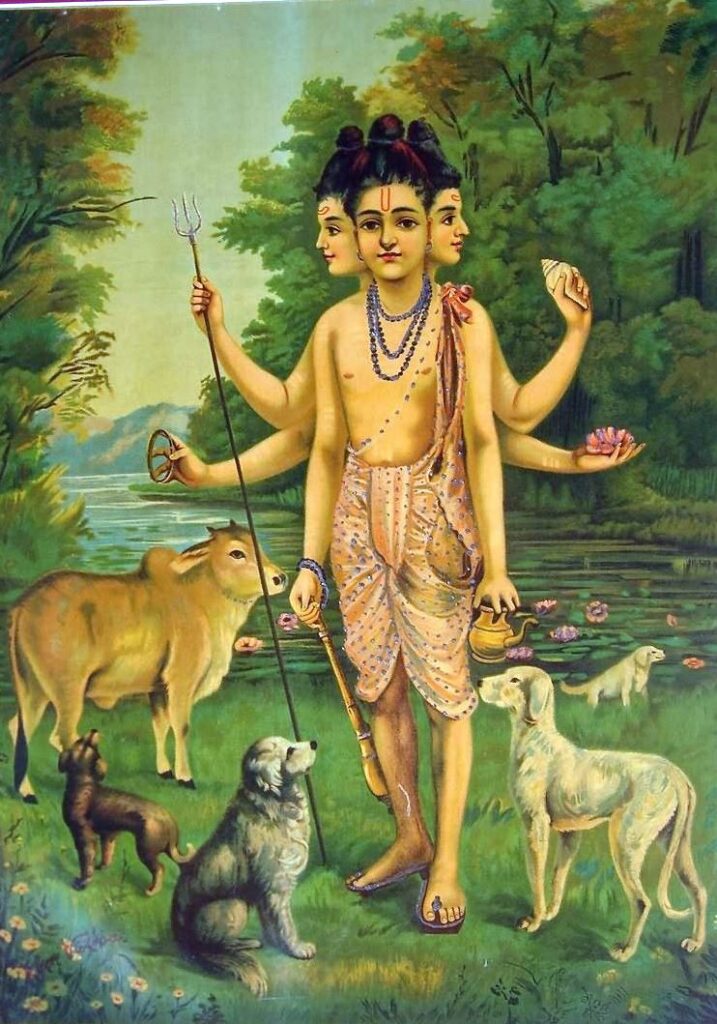
The new shrine was officially consecrated on Friday, December 2, 2005, at 5:00 PM, with Princess Galyani Vadhana, elder sister of King Rama IX, presiding over the foundation stone-laying ceremony at the front of the former Isetan Department Store.
In reality, “Trimurti” or “Dattatreya” is an avatar of the three supreme deities—Shiva, Vishnu, and Brahma. Depictions often show the figure with three faces, accompanied by four dogs and one cow, symbolizing a sage with no direct connection to love. However, based on the crescent moon symbol on the topmost head of this Phra Trimurti, it is likely “Sadasiva,” a figure tied to the creation of the universe. The legend says: Before life existed in the world, there was no day or night, no land or sky, no sun, moon, stars, or earth—just a void filled with endless darkness. Then, the first sound, “Om,” echoed through the silence, and the first being, Sada (Sada) Shiva, came into existence. He then manifested Goddess Shakti Shiva from his heart. Together, they planned the creation of the universe.

The story of “Phra Trimurti” remains subjective—how one calls upon or believes in it is up to each individual.
Story by: Nai Mu #TicyCity #CityGods #Bangkok #PhraTrimurti #WangPhetchabun #WorldTradeCenter #CentralWorld #LoveGod







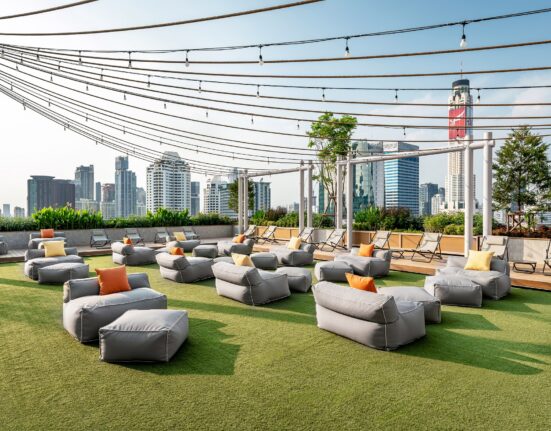
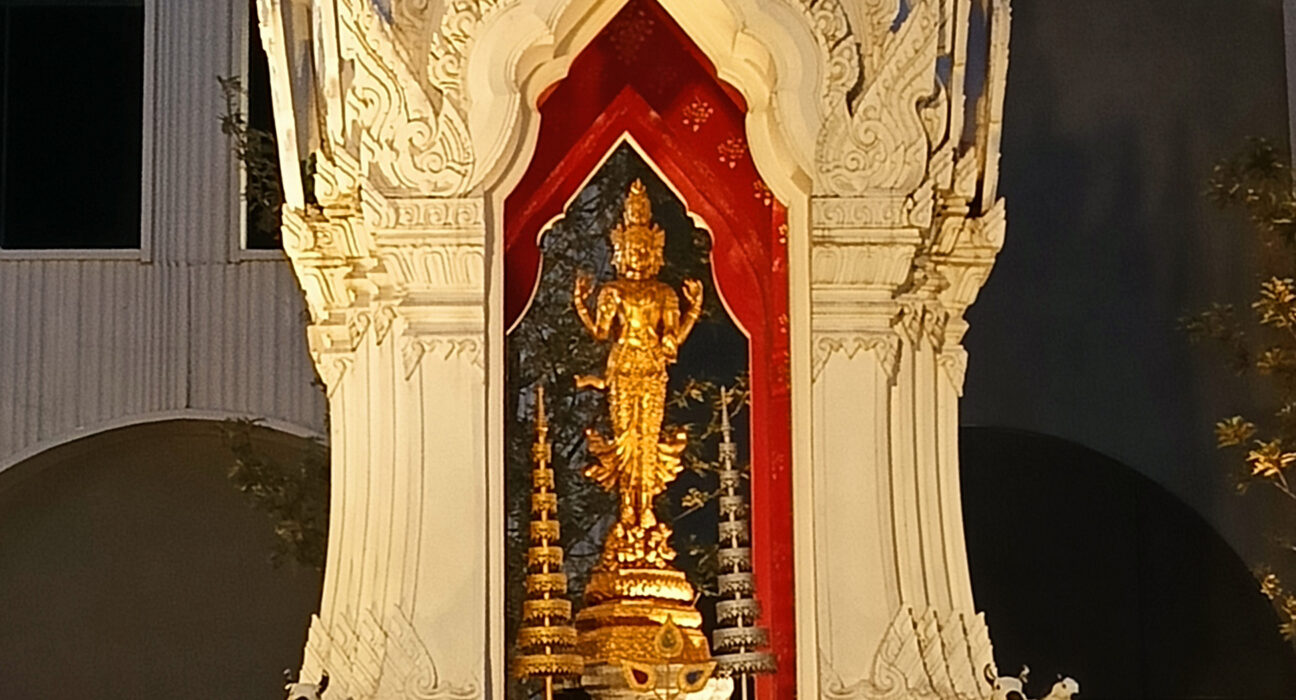
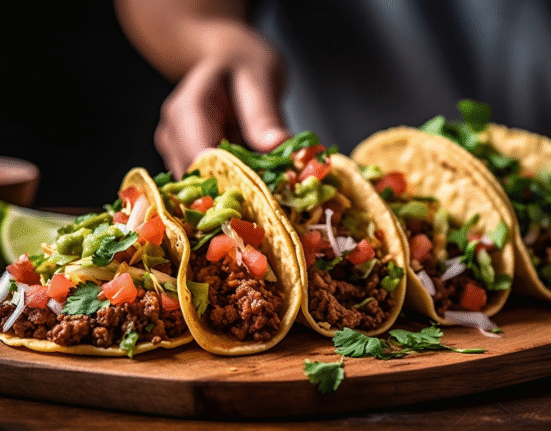
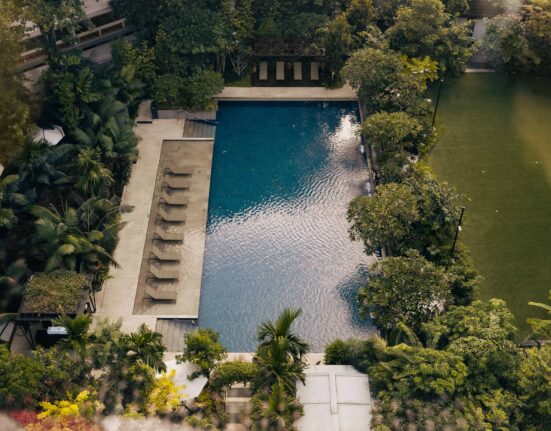
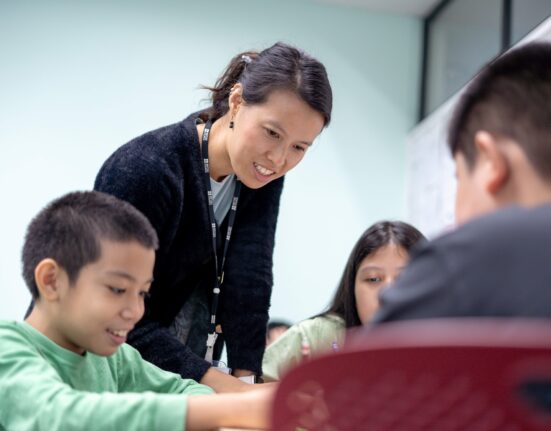


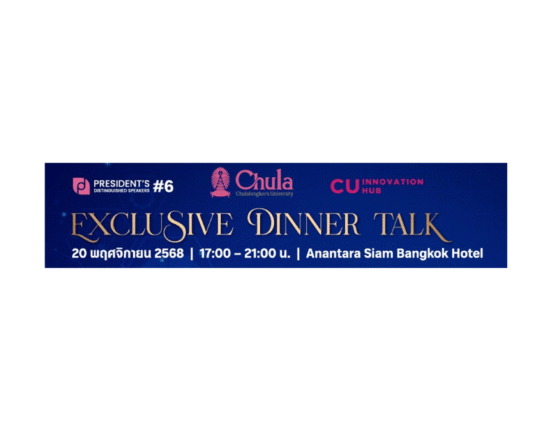

Leave feedback about this